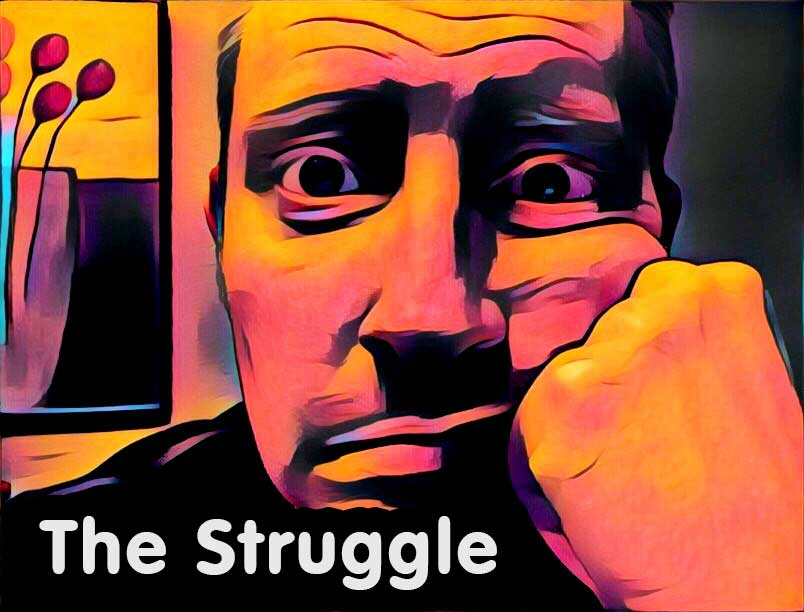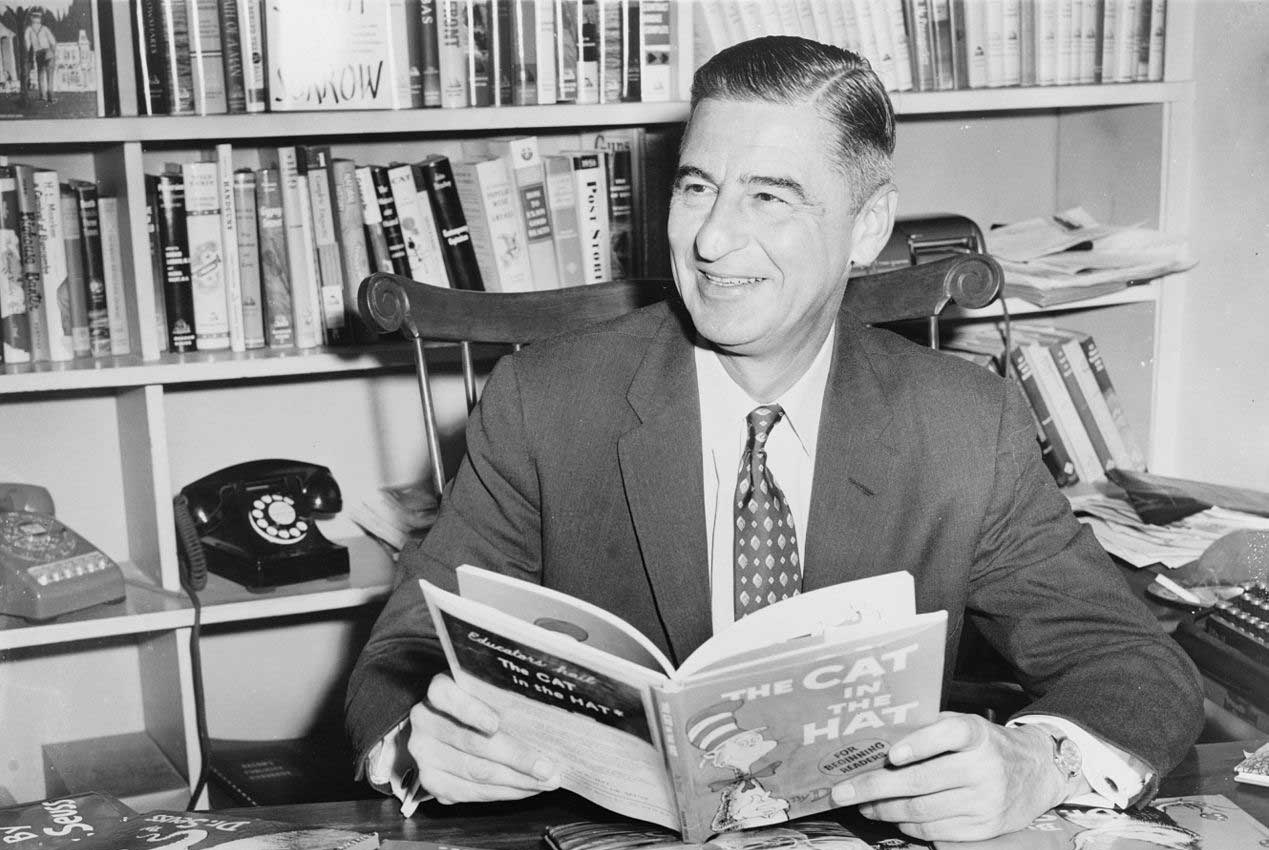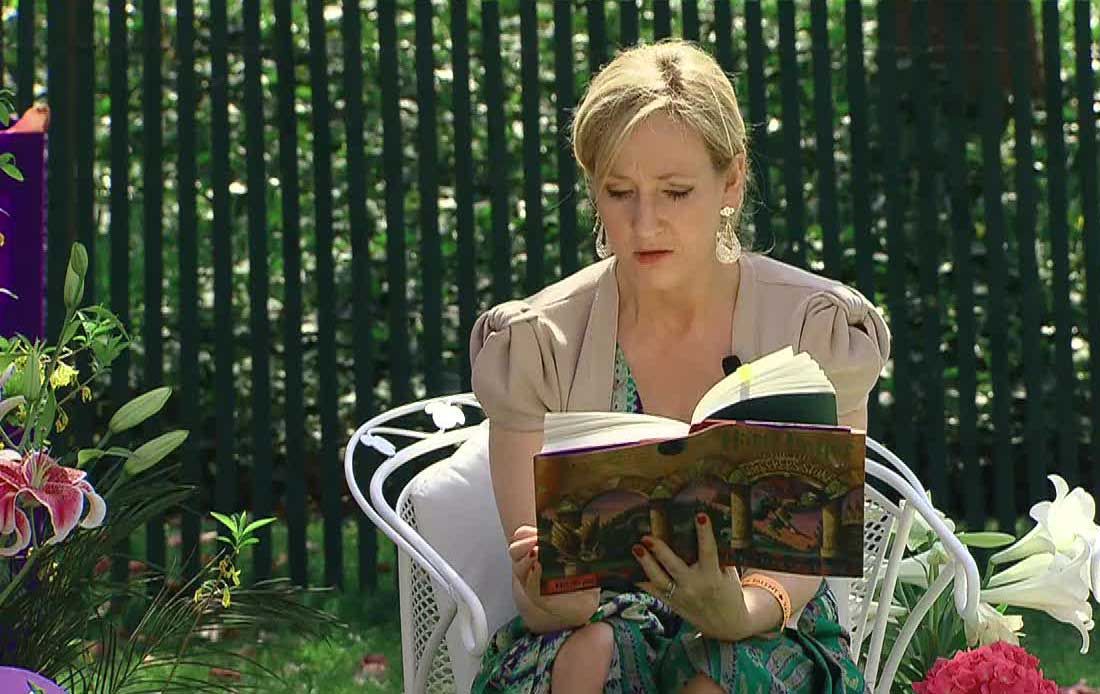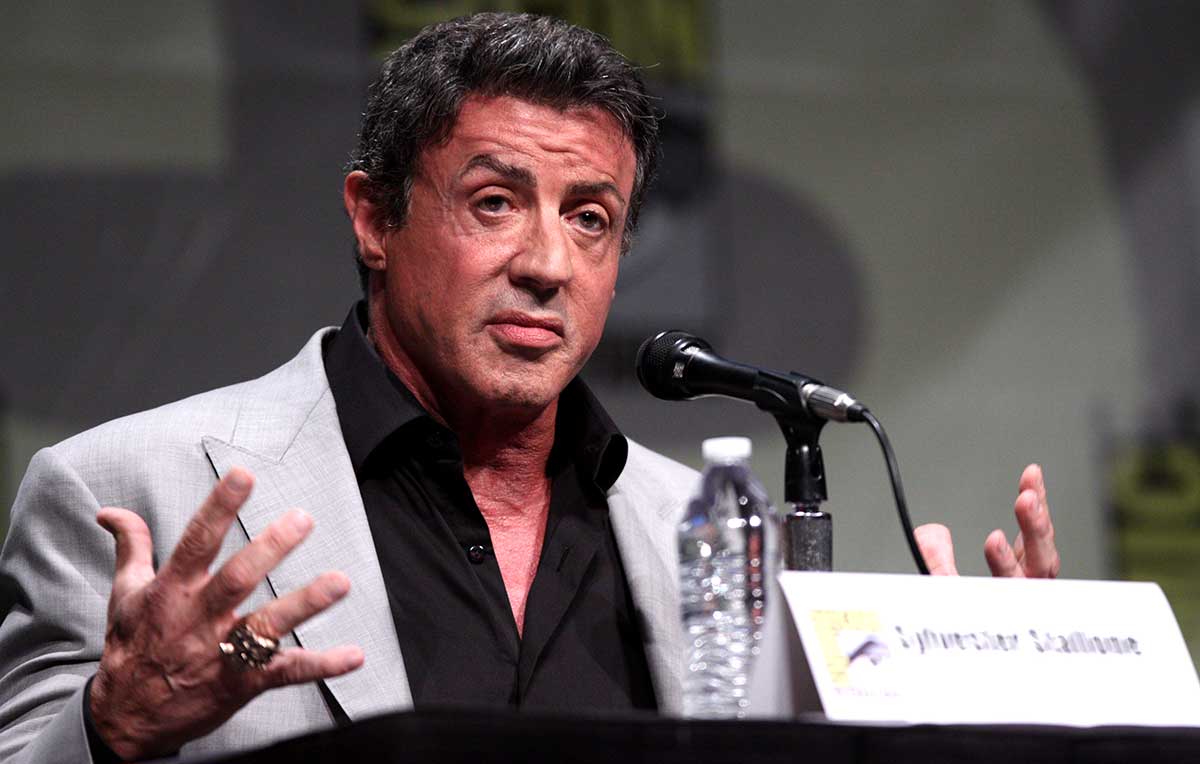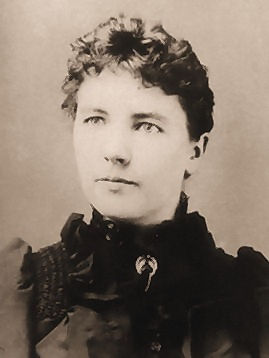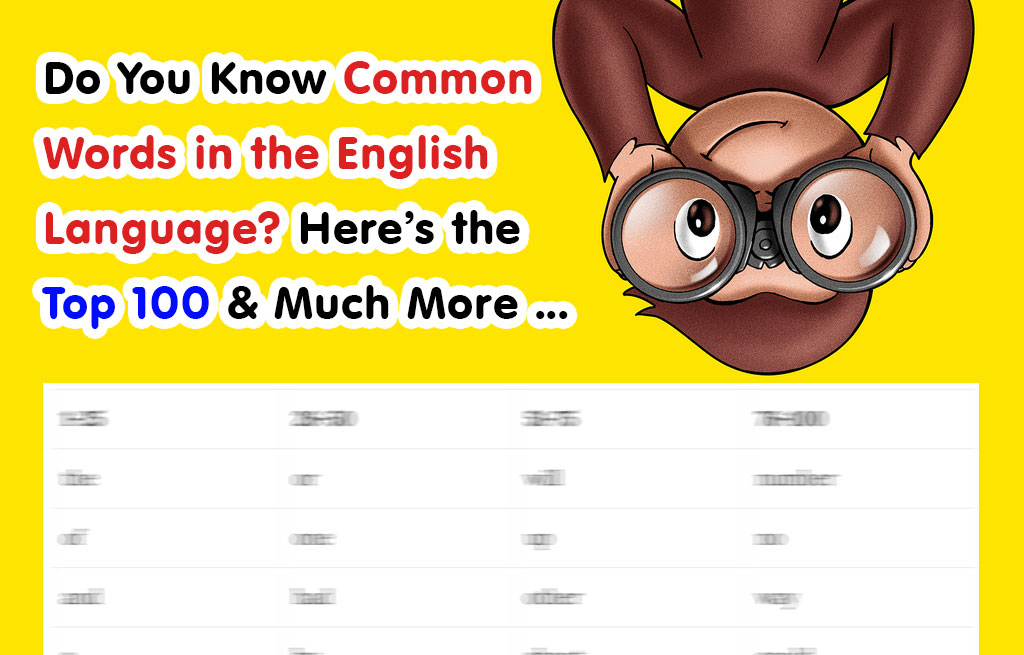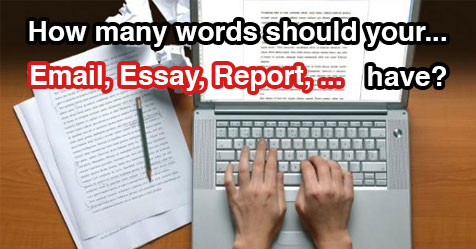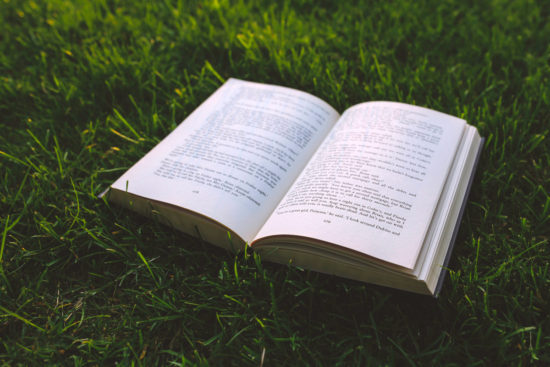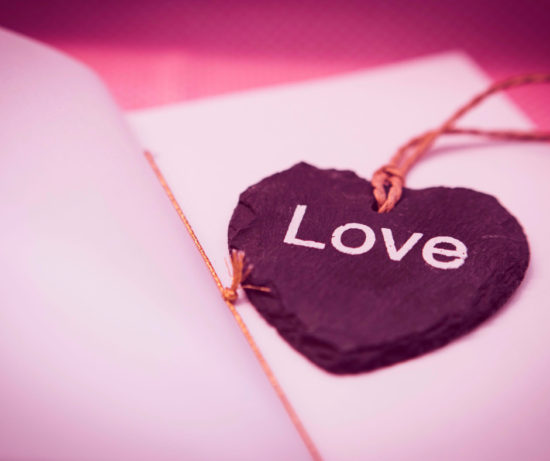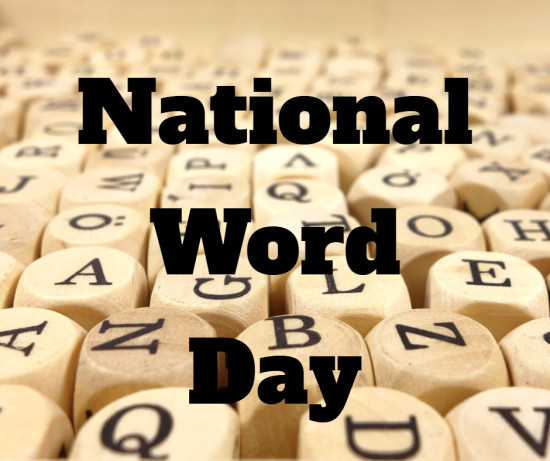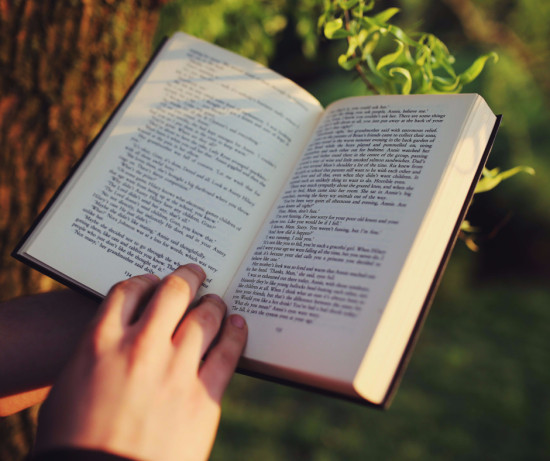Commonly Confused Words

English is not an easy language to master. There are words that sound alike, are spelled alike, but have totally different meanings. It’s always important to use the correct word since using the incorrect one will have people doubting your intelligence. Teachers can tell you firsthand that anytime they spell a word wrong on the board, it is the only time when all students pay attention. Everyone is quick to point out mistakes, so it is best not to give them ammunition. Study this article closely and you will be using the right words in the correct situation without giving all the haters in the world a chance to bring you down!
Lose and Loose
This is easily two of the most commonly confused words in the English language. I notice well-educated people on social media who gets these words mixed up. Loose is almost always an adjective. Lose is a verb every time. These two words, while commonly misused, should be easy to decipher which one is correct for your sentence. Look at the examples down below for a bit more guidance.
- The man had lost so much weight that his pants were becoming loose.
- Did your team win or lose the softball game?
Than and Then
The word than is used for the sake of comparing something. Then is used for sequencing. However, once again, these two get switched around frequently. Below are examples of the proper way to use them.
- The tree is taller than the house.
- First I went to the park, then I went to go get ice cream.
“Who’s” and Whose
Everyone should know that an apostrophe in a word means that it is either a contraction or it is showing possession of something. “Who’s” is a contraction that is short for who is. Whose is a possessive pronoun.
- Who’s that boy that is holding hands with Anna?
- Jack, whose house is the nicest one on the street, is having a birthday party this weekend.
“Should’ve” and “Should of”
The phrase “should’ve” is a contraction consisting of the two words should and have. Unfortunately, people mistakenly write it wrong on a consistent basis. Down below I have an example of the wrong way and the right way to use these.
- WRONG: I should of gone to the store today.
- CORRECT: I should’ve gone to the store today.
Advice and Advise
Once again, the parts of speech of these two words are different, so it can definitely assist you in figuring out which one to use. Advice is a noun and advise is a verb. Check out the two sentences below to get a better grasp on which one to use.
- The parent offered advice to their young daughter on choosing the right college.
- The parents advised their daughter not to date the troubled young man.
Affect and Effect
These two words are so commonly switched for one another that sometimes it goes unnoticed. However, by taking a moment, it can be simple to determine which word should be used. Affect is usually a verb and effect is usually a noun. Remember that all sentences must have a subject and a verb, otherwise, it is an incomplete sentence.
- When the doorbell rings, it affects my dog greatly!
- The effects in the movie were amazing.
Literally
No other word has been murdered as much as the word literally. Literally means that something actually happened. The word that should be used in its place most of the time is figuratively. Let’s look at some of the ways literally was misused.
- My heart was literally beating out of my chest.
No. No, it wasn’t. You would be dead now and wouldn’t be able to use the word literally so wrongly. Just because you like to ramp up the drama, that doesn’t mean you get to butcher the English language.
- I am so hungry that I could literally eat a horse.
I seriously doubt it. Hooves and everything? Not going to happen. Simmer down on the dramatic phrasing and tell us how hungry you actually are. Below is an example of how literally could be used correctly.
- The Titanic, the supposed unsinkable ship, literally sank on its first voyage.
Do you see how it is stating a fact? Let’s cool it with the exaggerated use of literally. Literally.
Accept and Except
I can accept how people confuse these two words, except when they are English majors. Did you see what I did there? I used both words correctly in the same sentence. Genius! Accept is a verb that means willing or agreeing to. Except is a preposition that means excluding. These words sound exactly the same, but the definition of the two are almost complete opposites.
- I will gladly accept cash or credit card.
- My team has won all of our games, except one.
Ironic
I blame Alanis Morissette for the incorrect way that this word is often used. (In fact, when it is convenient, I blame Alanis Morissette for all my problems. It’s just easier that way.) If it is raining on your wedding day, then that is not really ironic. It’s coincidental at best. Maybe bad luck at worst? But there is not any irony there. If you have just met the man of your dreams, and he introduces you to his beautiful wife, then that again is not ironic. Perhaps it is bad timing. It would be ironic, however, if a man deathly afraid of flying takes his first flight ever and the plane crashes and he dies. Irony might be choking to death on a daily vitamin. There are several examples of true irony when you really put your mind to it.
- Isn’t it ironic that Morissette wrote a song titled Ironic and there were not really any true examples of irony in it?
To, Too, and Two
All three of these words are homophones. They sound exactly the same but have a different meaning. Two, of course, is referring to how many of something.
- There are two dogs at my house.
Now we are left with to and too. To means to be going somewhere or moving towards something.
- We went to the store to buy a gallon of milk.
And now there is one. The word too means also or very.
- I was too nervous to ask the pretty girl on a date.
There, Their, and “They’re”
Again, these words all homophones, but their definitions are different. The word there means a location.
- Go over there and grab me a sandwich.
“They’re” is a contraction of they and are.
- They’re looking at houses to buy in the city.
Lastly, the word their means something belongs to them.
- Their dog was a mixture of schnauzer and terrier.
By, Bye, and Buy
I thought it was appropriate to wrap up the article with this last one. The boy band ‘N Sync sang their song Bye Bye Bye hoping that all of you would buy, buy, buy it. Let’s break down the proper usage of these three words.
- I went by the park, but I didn’t see anyone playing there. (by means location)
- My wife has a bad habit where she will buy too many shoes. (buy means purchasing)
- It is time to say bye because this is the end of the article. (bye means so long)


